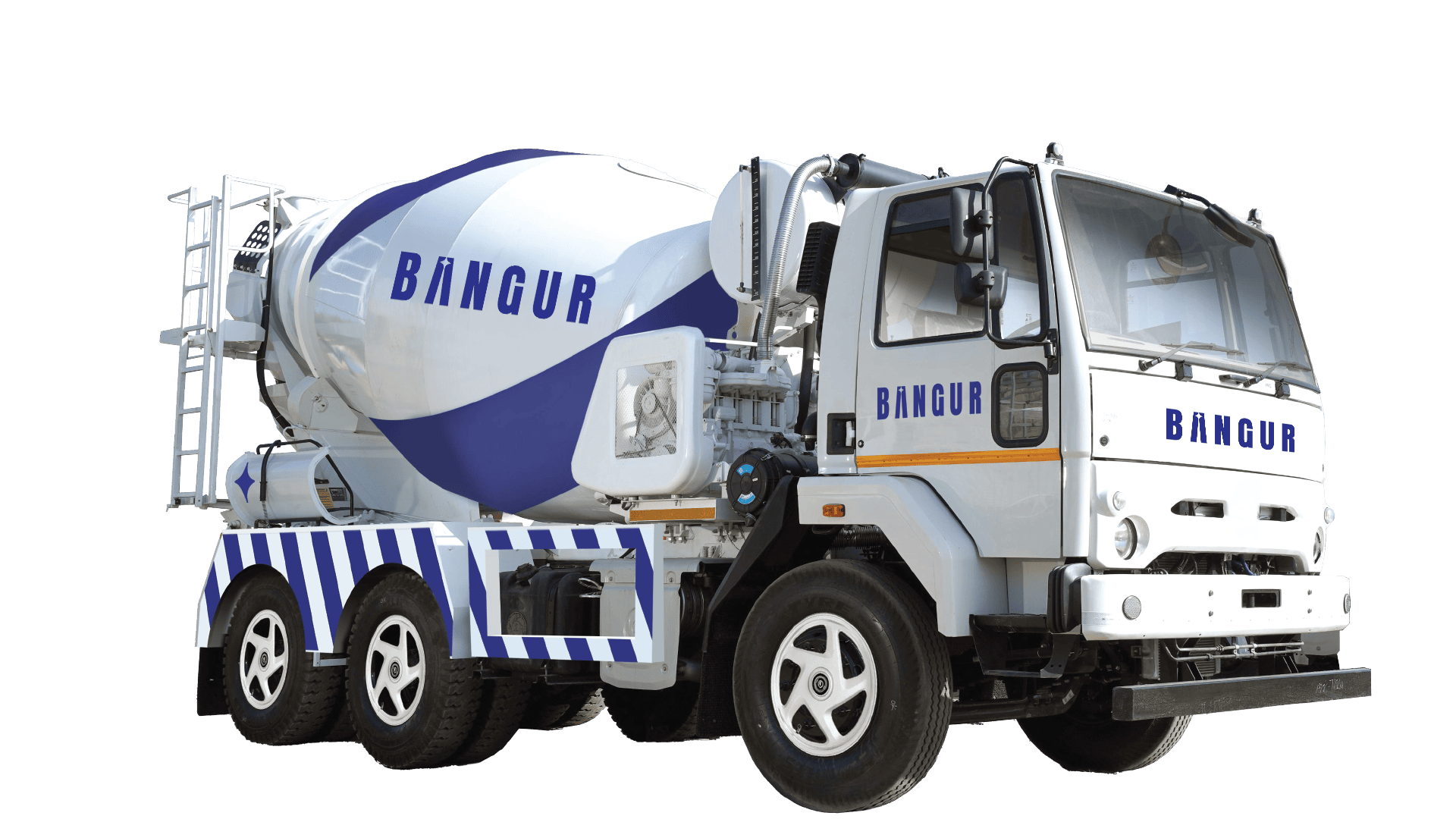
Which Cement Is Best for Slab? Let’s Break It Down Clearly
- Aug 8
- 4 min read
If you're building a house or supervising construction, one area you don’t want to get wrong is the cement slab. The slab is the flat concrete base that forms the floors and ceilings in most modern buildings. It carries the load of the structure above it and your peace of mind.
A simple decision like which cement to use can affect the strength, durability, and finish of your slab. So if you’re asking, “Which cement is best for slab?”, this guide will help you choose confidently.
What Is a Cement Slab?
A cement slab is a reinforced concrete surface often used as:
The floor of a building
A roof in RCC construction
A base for rooms, driveways, or patios
Slabs distribute loads evenly and provide a flat working or living surface. Since they’re crucial to the integrity of the building, they must be made using the right cement mix.
The Three Main Types of Cement for Slabs
When selecting cement for a slab, three options usually come into play. Each has a different set of qualities that make it suitable under certain conditions.
Cement Type | Features | Best Used For |
|---|---|---|
OPC (Ordinary Portland Cement) | High early strength, quick setting | Structural slabs in residential and commercial buildings |
PPC (Portland Pozzolana Cement) | Smooth finish, better workability | load-bearing & non-load bearing structures |
PSC (Portland Slag Cement) | Moisture resistance, long-term strength | Slabs in coastal or damp areas |
Best Cement for Slabs in Load-Bearing Structures
For slabs that support columns, beams, or multi-floor construction, OPC 43 or OPC 53 Grade cement is your safest option. These grades deliver high compressive strength and are ideal for:
RCC slabs in homes and offices
Roof slabs
Industrial building floors
Why OPC?
It gains strength faster, allowing quicker progress in construction
Offers dependable performance in high-load areas
Suitable for mixing high-grade concrete more than M40 Grade
OPC 43 vs OPC 53:
OPC 43 sets a bit slower, making it easier to work with in hot climates
OPC 53 sets faster and is used when speed is important with higher strength
Best Cement for Slabs in Non-Structural Areas
If you're laying a cement slab for general flooring, footpaths, or internal rooms with lighter use, PPC works well. It offers:
A smoother surface finish
Lower heat generation during curing (reduces cracks)
Higher resistance to chemical attacks
Though PPC gains strength a bit slower than OPC, it becomes equally strong over time and performs well for household use.
Best Cement for Slabs in Moist or Coastal Areas
For homes near the coast or in regions with high groundwater levels, PSC (Portland Slag Cement) is a smart choice. It:
Resists chloride and sulphate attacks
Reduces the risk of corrosion in steel reinforcements
Lasts longer in harsh weather
Use PSC if you’re building a basement, terrace, or water tank slab.
Concrete Mix Ratio for Cement Slabs
Your cement won’t work alone. The overall strength depends on the right concrete mix. Here’s a basic guide for slab construction:
Slab Type | Recommended Mix | Cement Grade |
|---|---|---|
Standard RCC slab | M20 (1:1.5:3) | OPC 43 |
High loaded slab | M30 (1:1:2) | OPC 53 |
Light usage slab | M15 (1:2:4) | PPC |
Always check the water-cement ratio (usually around 0.45–0.5) and ensure proper curing for 7 to 28 days.
Things to Check Before You Buy Cement
Before making your purchase, keep these checks in mind:
Manufacture Date: Don’t use cement older than 90 days
Packaging: Look for sealed, intact bags with no lumps
Certification: Ensure ISI mark and grade are clearly printed
Storage: Store in a dry, shaded place on wooden planks, away from walls
To Wrap Up: Match the Cement to the Slab's Role
So, which cement is best for a slab? It depends on what that slab needs to do.
Use OPC 43 or 53 Grade for structural, load-bearing slabs
Use PPC for lighter, general-purpose flooring
Choose PSC if moisture, salt, or chemicals are likely to be a concern
Always align the cement choice with the environment and load conditions. When you do that, you build floors that won’t just last, but stay safe, stable, and strong for years.


